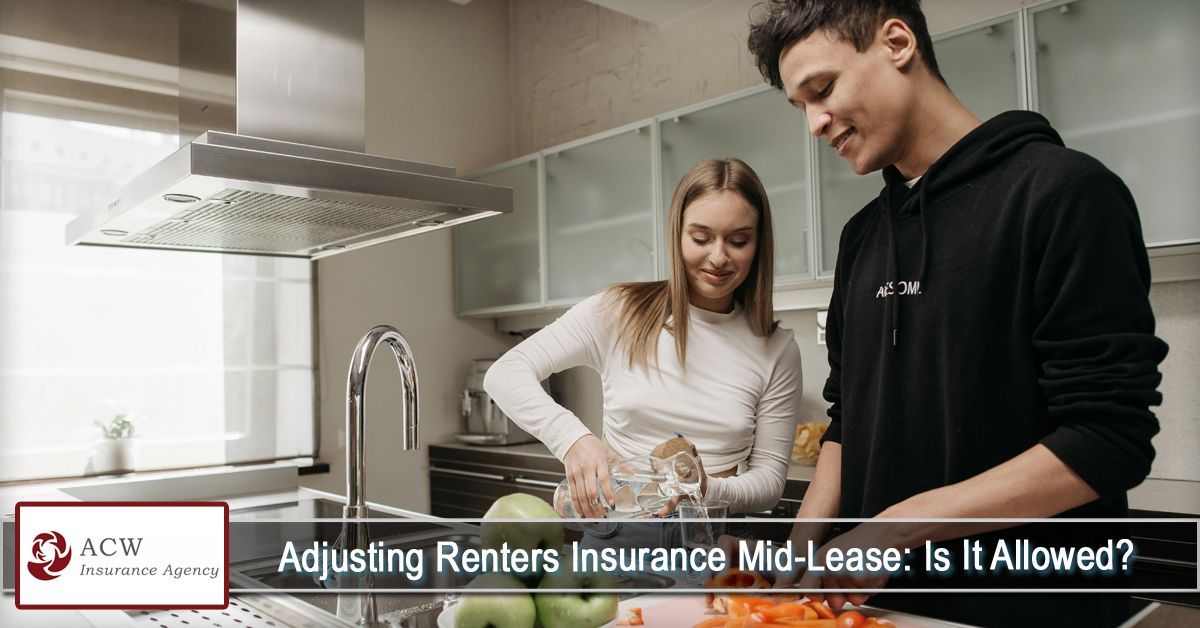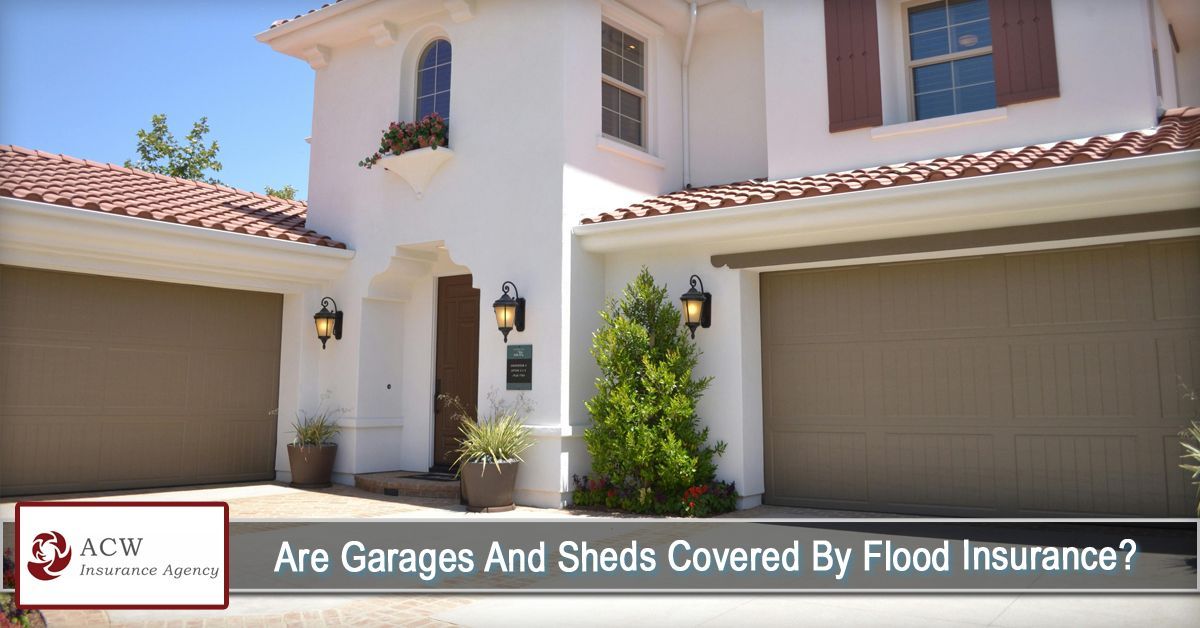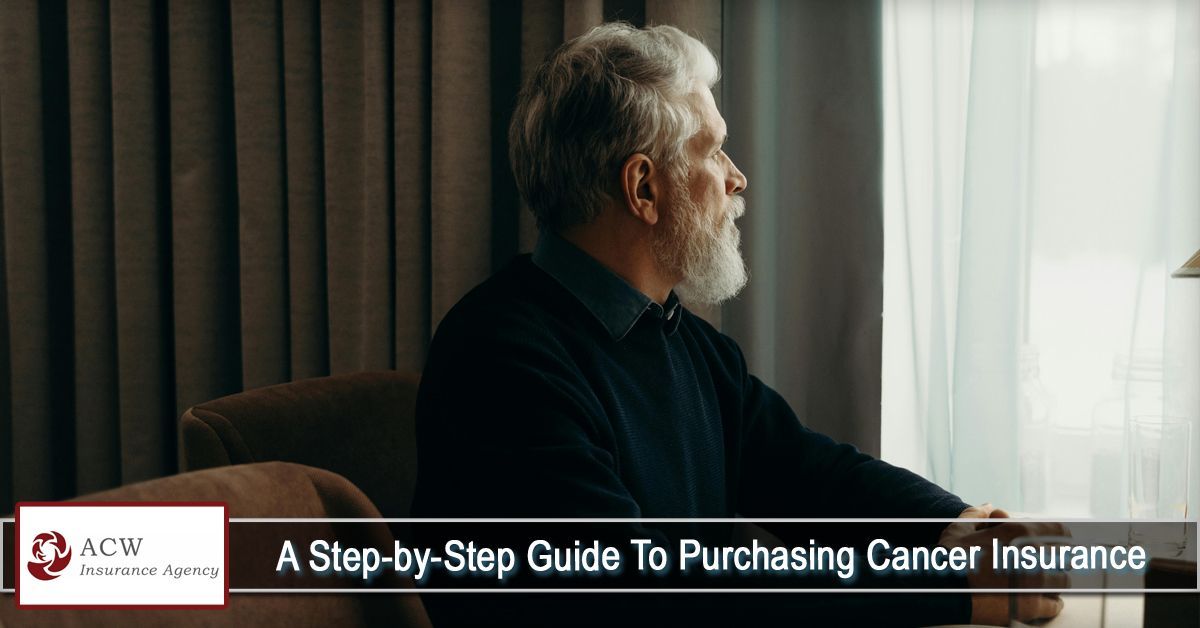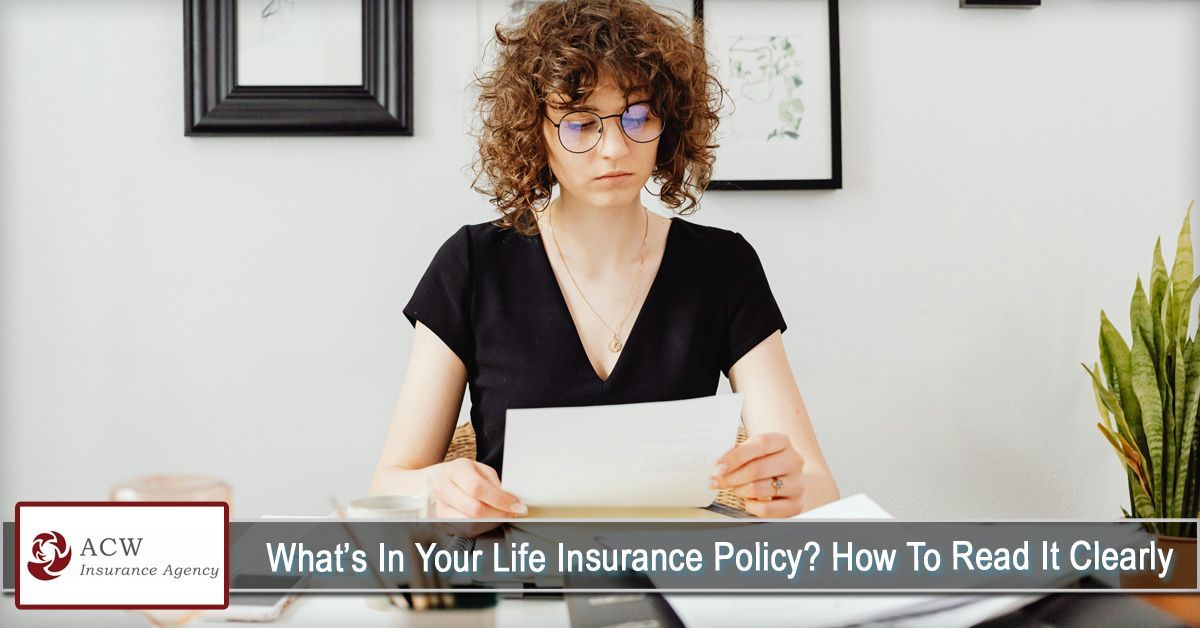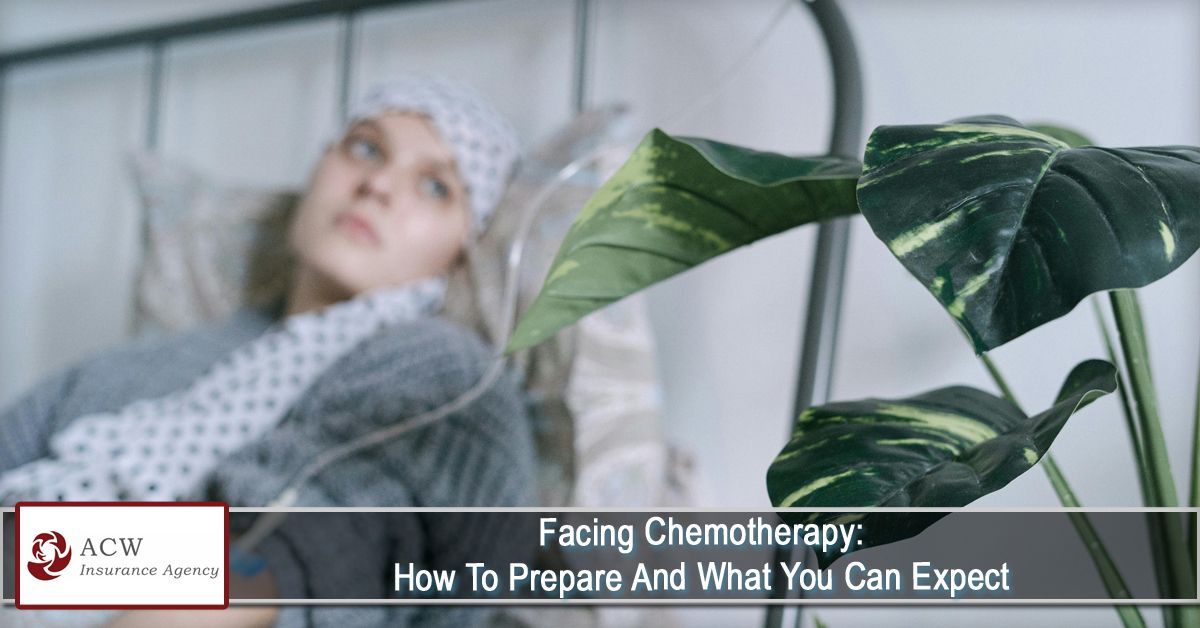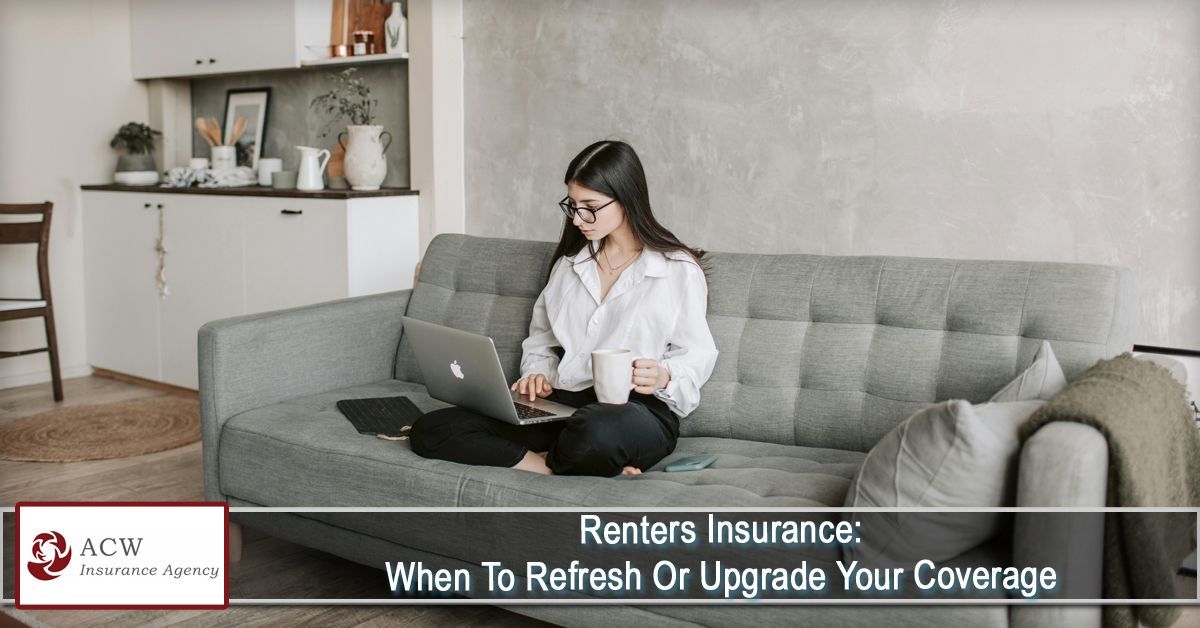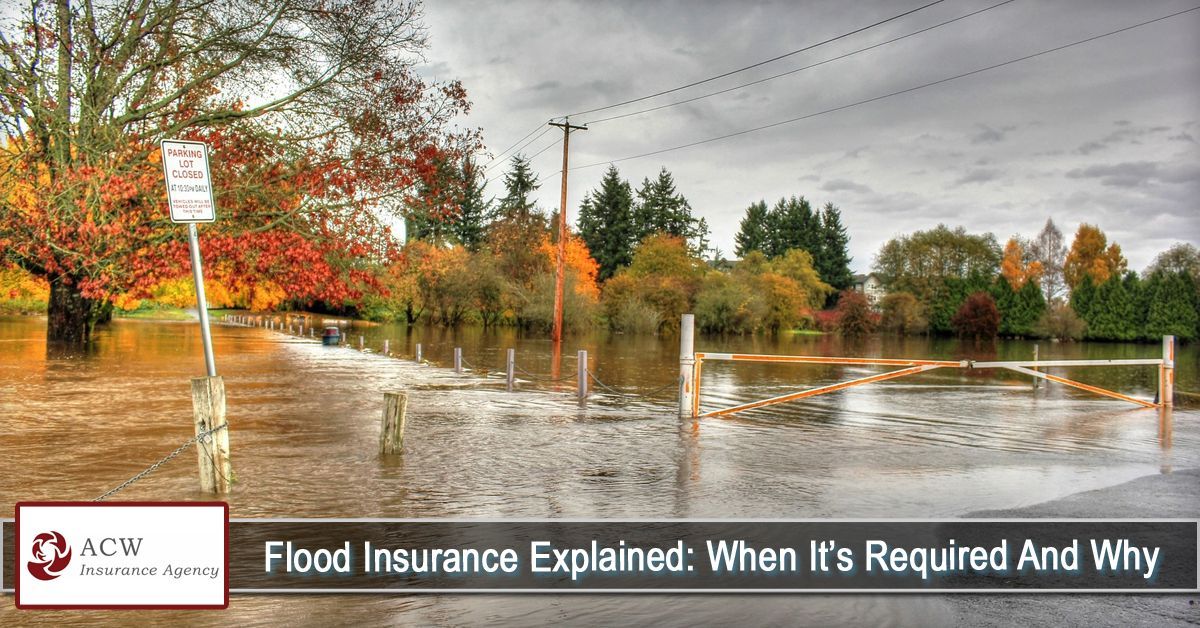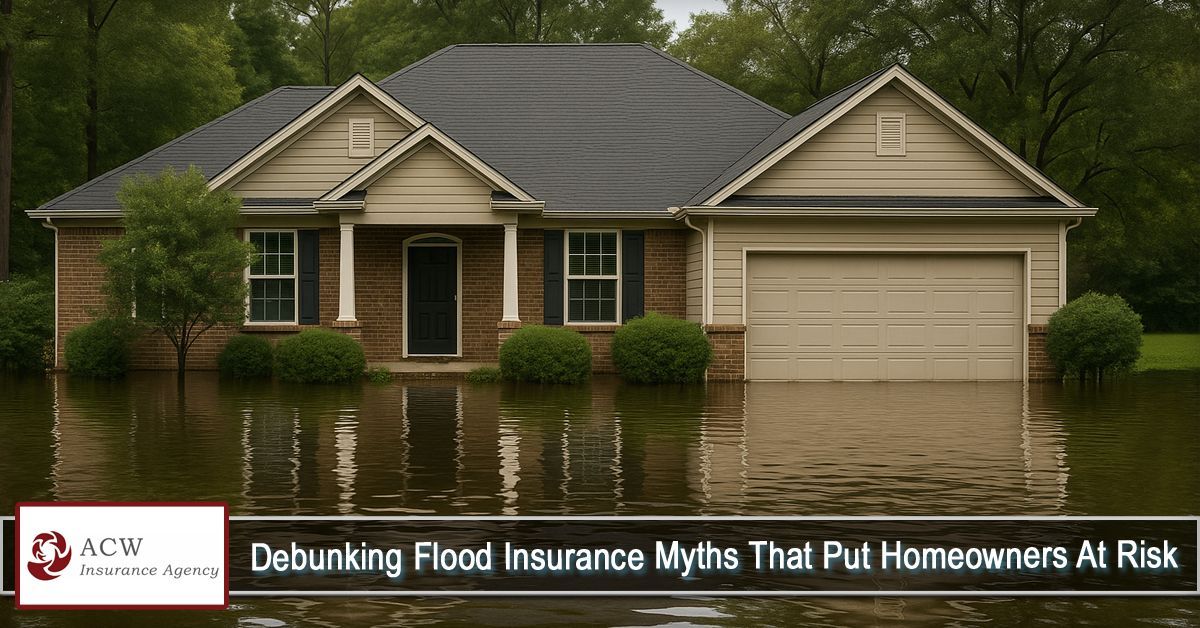
Flooding is one of the most common and costly natural disasters in the United States. Yet, many homeowners mistakenly believe they’re not at risk—or that their homeowners insurance already provides full coverage. These misconceptions can lead to devastating financial losses when floodwaters strike unexpectedly.
If you own a home—whether near the coast or miles inland—it’s important to understand the truth about flood insurance. In this article, we’ll debunk common flood insurance myths that often leave homeowners vulnerable, explain what’s really covered, and share why flood protection is especially important for residents in Fort Pierce, FL, and other flood-prone regions.
Understanding the Risk: Why Flood Insurance Matters
Floods can happen anywhere—it’s not just a coastal problem. Heavy rain, storm surges, overflowing rivers, or even clogged drainage systems can cause significant water damage to homes.
According to FEMA, just one inch of water in your home can cause up to $25,000 in damage. Unfortunately, many homeowners realize too late that standard homeowners insurance does not cover flood-related damage.
That’s where flood insurance comes in. It’s a separate policy designed to protect your property and belongings from rising water and flood damage.
Myth #1: “I Don’t Live in a Flood Zone, So I Don’t Need Insurance”
Truth: Every home is in a flood zone—the only difference is the level of risk.
Even properties outside designated high-risk areas are still vulnerable. In fact, more than 20% of flood insurance claims come from homeowners who live in moderate- or low-risk areas.
Heavy rainfall, new construction that alters drainage patterns, or hurricanes that change course can all lead to unexpected flooding.
In Fort Pierce, FL,** residents are particularly at risk** because the city’s coastal location makes it prone to tropical storms and heavy rainfall during hurricane season. Local flood insurance providers in Fort Pierce, FL can help assess your risk and recommend coverage that fits your property’s location and budget.
Myth #2: “Homeowners Insurance Covers Flood Damage”
Truth: Standard homeowners policies do not cover flood damage.
While homeowners insurance may cover water damage caused by burst pipes or leaks, it excludes flooding caused by natural disasters or rising water from outside sources.
To be fully protected, you’ll need:
- A National Flood Insurance Program (NFIP) policy, or
- A private flood insurance policy that offers comparable or extended coverage.
Without one of these, you’ll be responsible for repairs, cleanup, and replacement costs entirely out of pocket.
Myth #3: “Flood Insurance Is Only for Coastal Properties”
Truth: Flooding can happen anywhere it rains.
Even if you’re far from the ocean, flash floods, heavy downpours, or overwhelmed storm drains can quickly cause flooding. Urban areas and inland communities are increasingly at risk due to extreme weather and aging infrastructure.
Did You Know?
Inland flooding caused by hurricanes and tropical storms can extend hundreds of miles from the coast. That means homeowners across Florida, including those in Fort Pierce, FL, can face significant flood risk regardless of proximity to the shoreline.
Myth #4: “Federal Disaster Aid Will Cover My Losses”
Truth: Federal disaster assistance is not insurance, and it’s far from guaranteed.
Disaster aid is only available if the president declares a federal disaster—which doesn’t happen for every flood. Even when it does, assistance typically comes in the form of low-interest loans that must be repaid, not grants.
Flood insurance, on the other hand, provides direct financial protection—allowing you to recover faster without taking on additional debt.
Myth #5: “Flood Insurance Is Too Expensive”
Truth: Flood insurance is more affordable than most homeowners think—especially compared to the cost of flood damage.
The average NFIP flood insurance policy costs around $700–$900 per year, depending on your home’s location and risk factors. That’s a small price to pay compared to the tens of thousands of dollars it can cost to repair a flooded home.
Ways to Lower Your Flood Insurance Costs:
- Elevate your home or critical utilities above base flood elevation.
- Install flood vents and drainage systems.
- Maintain updated flood-proofing documentation for your property.
- Ask about community flood mitigation discounts if your area participates in FEMA’s Community Rating System (CRS).
Myth #6: “You Can Only Buy Flood Insurance Through the Government”
Truth: While the National Flood Insurance Program (NFIP) is a major provider, it’s not the only option.
Private insurance companies now offer competitive flood policies with flexible coverage limits, faster claims processing, and sometimes lower premiums.
Working with an independent insurance agent allows you to compare both NFIP and private plans to find the best protection for your property and budget.
Myth #7: “I Can Get Flood Insurance Right Before a Storm”
Truth: Most flood insurance policies have a 30-day waiting period before coverage begins.
That means you can’t buy a policy a few days before a hurricane and expect immediate protection. Planning ahead is crucial—don’t wait until severe weather is in the forecast to act.
If you live in an area that experiences tropical storms or heavy rainfall (like Fort Pierce, FL), purchasing coverage well in advance ensures you’re protected before the next storm hits.
What Flood Insurance Covers
A flood insurance policy typically includes two types of coverage:
1. Building Coverage:
- Foundation, walls, and roof
- Electrical and plumbing systems
- Built-in appliances and HVAC systems
- Flooring and cabinets
2. Personal Property Coverage:
- Furniture, electronics, and clothing
- Washers, dryers, and portable appliances
- Valuables (up to coverage limits)
Note: Coverage does not include temporary housing, landscaping, or vehicles.
How to Get Flood Insurance
Here’s how to secure a flood insurance policy that fits your needs:
- Assess Your Flood Risk: Use FEMA’s Flood Map Service or consult a local insurance agent.
- Compare Policies:
Ask about both NFIP and private options.
- Review Coverage Limits: Ensure your policy covers both structure and contents.
- Purchase Early: Remember the 30-day waiting period for coverage activation.
Final Thoughts
Flood insurance isn’t just for those living near rivers or the ocean—it’s for any homeowner who wants peace of mind. Misunderstanding your risk or waiting until it’s too late can lead to overwhelming losses that could take years to recover from.
For residents of Fort Pierce, FL, where heavy rain and hurricane season pose consistent flood risks, flood insurance is more than a safeguard—it’s a necessity. Talk with a trusted local insurance professional to review your options and ensure your home, savings, and future are protected from the next big storm.
At ACW Insurance Agency LLC, we are dedicated to providing our clients with comprehensive and affordable insurance policies. Our commitment extends to going the extra mile to address your specific needs. To learn more about how we can assist you, please contact our agency at (772) 261-2573 or CLICK HERE to request a free quote.
Disclaimer: The information presented in this blog is intended for informational purposes only and should not be considered as professional advice. It is crucial to consult with a qualified insurance agent or professional for personalized advice tailored to your specific circumstances. They can provide expert guidance and help you make informed decisions regarding your insurance needs.
